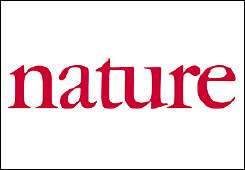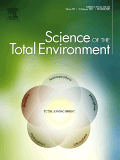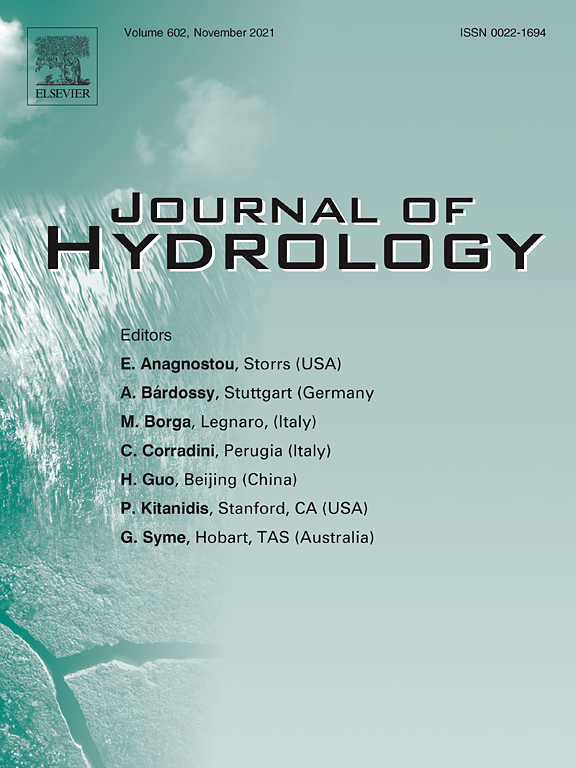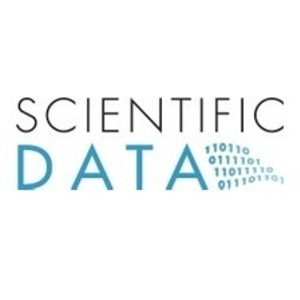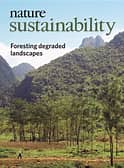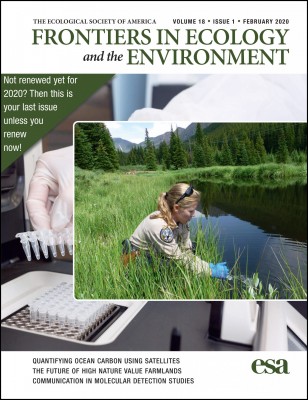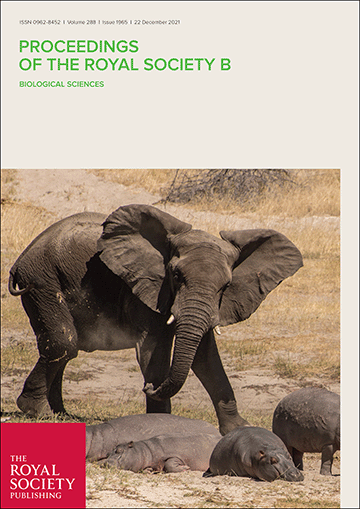Plastic debris in lakes and reservoirs
Microplastics are found in lakes and reservoirs around the world. Pollution reaches even the most secluded places where human influence is minimal. Moreover, concentrations of microplastics in freshwaters are sometimes higher than in subtropical gyres, the marine areas where large amounts of waste accumulate.
Effects of 66 years of water management and hydroclimatic change on the urban hydrology and water quality of the Panke catchment, Berlin, Germany
The authors analysed a data set of 66-yr streamwater quality, 21-yr of groundwater quality and 31-yr streamflow nested from the heavily urbanized Panke catchment in Berlin. The upstream parts showed a flow regime most sensitive to changes in hydroclimatic conditions, downstream sites are more influenced by wastewater effluents, urban storm drains and inter-basin transfers for flood alleviation.
Phytoplankton Producer Species and Transformation of Released Compounds over Time Define Bacterial Communities following Phytoplankton Dissolved Organic Matter Pulses
Bacterial responses to phytoplankton exudates (DOMp) may be caused by different DOMp compositions. Thereby, the bacterial community leads to a succession of DOMp from highly to less bioavailable, reflected by the temporal presence of specific bacterial phylotypes. The exploitation of species-specific highly bioavailable compounds, results in a more similar remaining DOMp.
Attenuation of trace organic compounds along hyporheic flow paths in a lowland sandbed stream
As the hyporheic zone of rivers can be very heterogeneous already at cm-scales, the authors developed an experimental setup to preset short and shallow hyporheic flow paths in the field and to sample pore water. In this experimental setup, the authors were able to study the attenuation of 18 different trace organic compounds wherein the majority were attenuated within the short oxic sections.
Flow dynamics in rivers with riffle-pool morphology: a dataset from case studies and field experiments
Riffle-pool sequences provide vital ecological services to aquatic organisms and are considered fundamental habitats in fluvial ecosystems. Little is known about riffle-pool hydrodynamics. The study presents a dataset on turbulent flow structure in riffle-pool sequences of a natural river, the Tagliamento River in Italy.
Impact of the Russia–Ukraine armed conflict on water resources and water infrastructure
The ongoing war in Ukraine is having multiple impacts on the country’s water sector. In addition to the horror of the direct consequences of war, the destruction of water infrastructure also carries long-term consequences and risks for the population, the environment and global food security.
Transience of public attention in conservation science
This article addresses the concept of attention transience applied to conservation, discusses its major drivers and mechanisms, and provides an overview of conservation issues for which this phenomenon is particularly relevant. Attention transience only leaves a brief window of opportunity to focus public awareness and mobilize support for nature conservation.
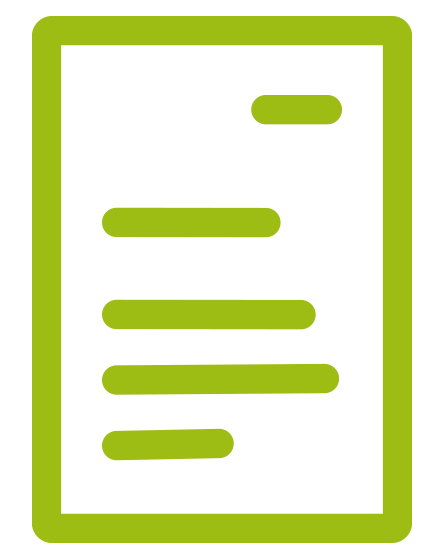
Welfare of Decapod Crustaceans with Special Emphasis on Stress Physiology
To save sturgeons, we need river channels around hydropower dams
Weirs and other transverse structures in rivers not only impede migratory fish on their way to spawning grounds, but even if they are able to pass, many of them die in the turbines of hydroelectric power plants. The authors present a recommendation on how to facilitate effective passage and even promote sturgeon with bypass channels at dams that can serve as additional habitat.

Global responses to the COVID-19 pandemic by recreational anglers: considerations for developing more resilient and sustainable fisheries
The study investigated the impact of COVID on recreational fisheries across the globe.The authors found COVID to increase local recreational fisheries participation but to reduce touristic recreational fisheries where travel restrictions were in place.


